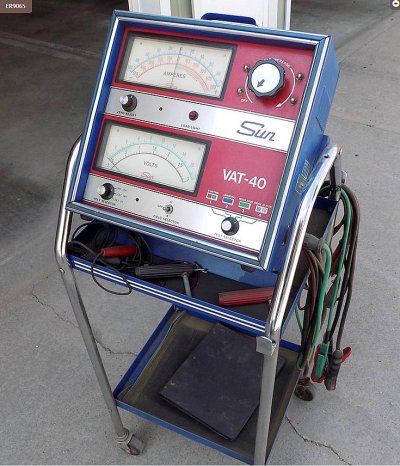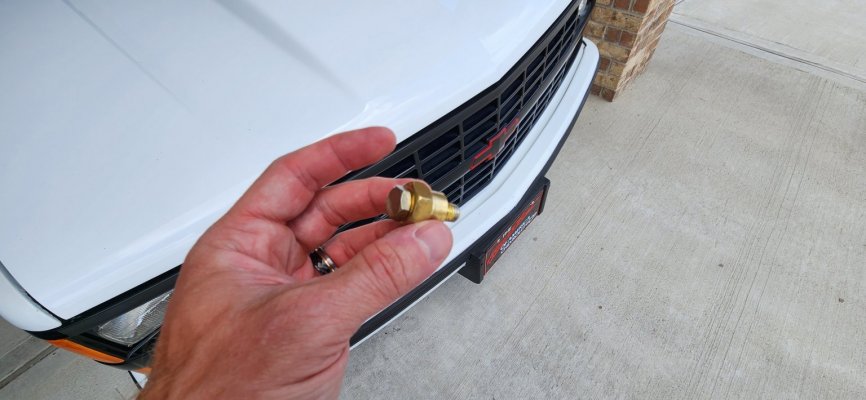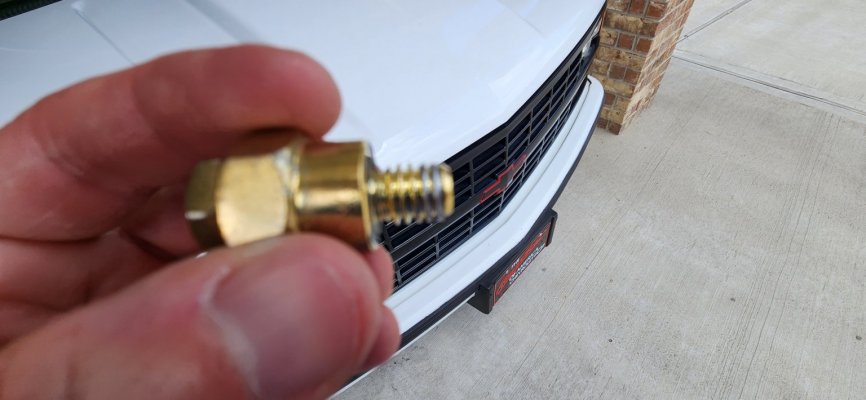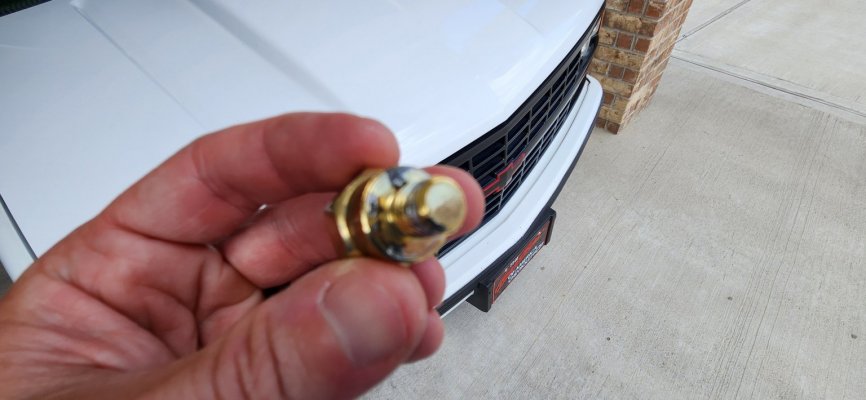Greetings Beason,
I have personally troubleshot the exact same symptoms on both side terminal and conventional post battery designs.
In order to determine exactly where the power interruption is occurring in the electrical system, a careful focus on the
symptoms will point us in the right direction.
* For example, the more global the failure, the closer to the battery the fault will be. (Keep this in mind for later.)
* A little further away, a specific fusible link will affect only a section of the electrical system.
* An individual relay or fuse will affect a specific circuit, but not affect all the rest.
* And the troubleshooter must also keep in mind that some circuits are "Hot Always". (Horn, brake lights, headlights, etc)
* For comparison purposes, one or two of the "Hot Always" are the input power supplied to the Ignition Switch. The
Ignition Switch is in turn responsible for removing power from large parts of the vehicle on demand using the key. (Radio, fans, ignition, computer, etc)
So let's pull all this theory together via the 'total power loss after attempted cranking':
OK. We start off with the entire vehicle electrically operational. When the key is turned to START,
an initial rush of current is drawn. But due to a marginal connection at the battery, this sudden high current
flow opens the path that was supporting all the smaller electrical loads, and like the old camera flashbulbs,
somewhere was a bright flash, localized heat, and then exactly nothing. ALL POWER TO THE VEHICLE IS LOST.
EDIT: This isn't a bad starter solenoid, for that would only affect the circuits fed by the IGN A fuse. And it isn't a bad
Neutral Safety Switch or the control side of the Starter Relay, because that would only affect the CRANK fuse.
And it isn't a starter drawing more current than the battery can supply, for that symptom is the headlights
dimming excessively
while cranking, but the headlights/dome lights, etc
returning to near normal brightness once
the cranking is stopped.
Another item off the suspect list is the Ignition Switch, for when this specific failure happens, not only are the ignition switch-related
loads dead, but also all the other "Hot Always" circuits
upstream of the Ignition Switch are also dead. (!)
The telltale, especially when troubleshooting a sudden complete loss of power (and it's impossible to completely drain a
fully-charged lead/acid battery immediately) is to turn the headlights on and then attempt to crank the engine. IF the headlights
stay bright while you are attempting to crank the engine, then we have an open circuit that
only affects the cranking function.
But if the headlights suddenly go dead, plus you get no response from turning the key to START, then we are currently
experiencing an electrical circuit open in a spot where
ALL the circuits have suddenly lost power.
****
This can and does happen to both conventional post and side terminal batteries, but assuming that you are running
the stock side post terminals in your vehicle, I can explain what happens the majority of the time. It seems that
there can be a tolerance stackup, where the factory cable bolts (with the 8mm head) are too long and bottoms out inside
the threaded battery hole *
before* a solid electrical connection is made with the cable. I've seen it where I'm
close to stripping the soft lead threads in the battery, and yet I can still twist the cables side to side?
Sometimes this is due to the cable ends compressing just a bit, while other times the problem shows up coincident
with a new battery swapped into the engine bay. (And the new battery bolt hole(s) are too shallow for the stock bolt.)
And of course there's always improper bolt substitution over the years by some unknown mechanic who grabbed
whatever was in the used bolt bucket at the time.
For what it's worth, here's a thread where the owner was performing an engine swap, and suddenly he was also
experiencing a global loss of power immediately after attempting to crank over a recently installed 5.7. Here's
the reply where he finally troubleshot it down to the problem part: (
bad battery bolt, clean but still no joy)
In addition to bottoming out due to a battery manufacturer getting the depth wrong or the starter cable
compressing a bit, the factory bolt design forces me to tighten into soft lead while simultaneously trying to get
a secure electrical cable connection. There are now 2 possible upgrades to avoid these issues:
1)
You must be registered for see images attach
This is a divide and conquer solution. You first torque this into the battery using the factory spec. (So you don't pull the lead threads.)
Now you can put a large wrench on this brass stud and keep it from turning while you tighten up the power cables
with the smaller fine-threaded nut. (As a side benefit, this also makes it easy to attach jumper cables if need be
down the road.) With my battery set up with a pair of these, I get a solid connection at the battery and I can
tighten my power cables until they are 'can't fail in flight' tight *without* overstressing the lead threads in the batteries.
Better than new...and that doesn't happen very often.
2) The other solution is using a longer bolt plus a nut. You siimply thread the bolt in gently until it stops,
and then use the nut to apply the necessary clamping force onto the power cables. Similar to replacing
head bolts with studs and nuts on cylinder heads. Schurkey demonstrates this in reply #91 to the other
thread mentioned previously. (
Bolt & nut setup for battery cable connections)
****
That's all I got. The symptoms of a global electrical power loss after attempted high-current draw points
us to a connection issue right at the battery. (Or of course where the main ground connections are.)
This same global power loss allows us to remove the Ignition Switch and other non-global connections
from the suspect list.
And we also have a simple better than new solution to help resolve the problem, and more importantly,
prevent it from re-occurring.
Best of luck. And please reply back with what you discover to be the root cause/final fix.







